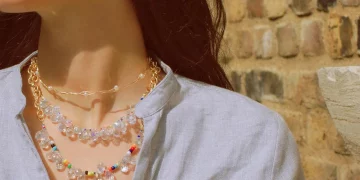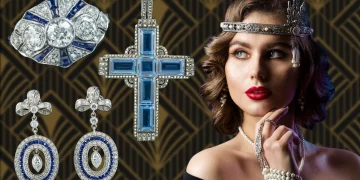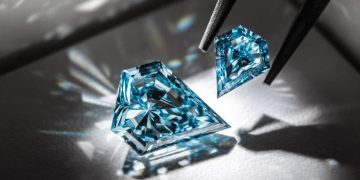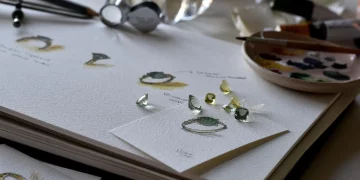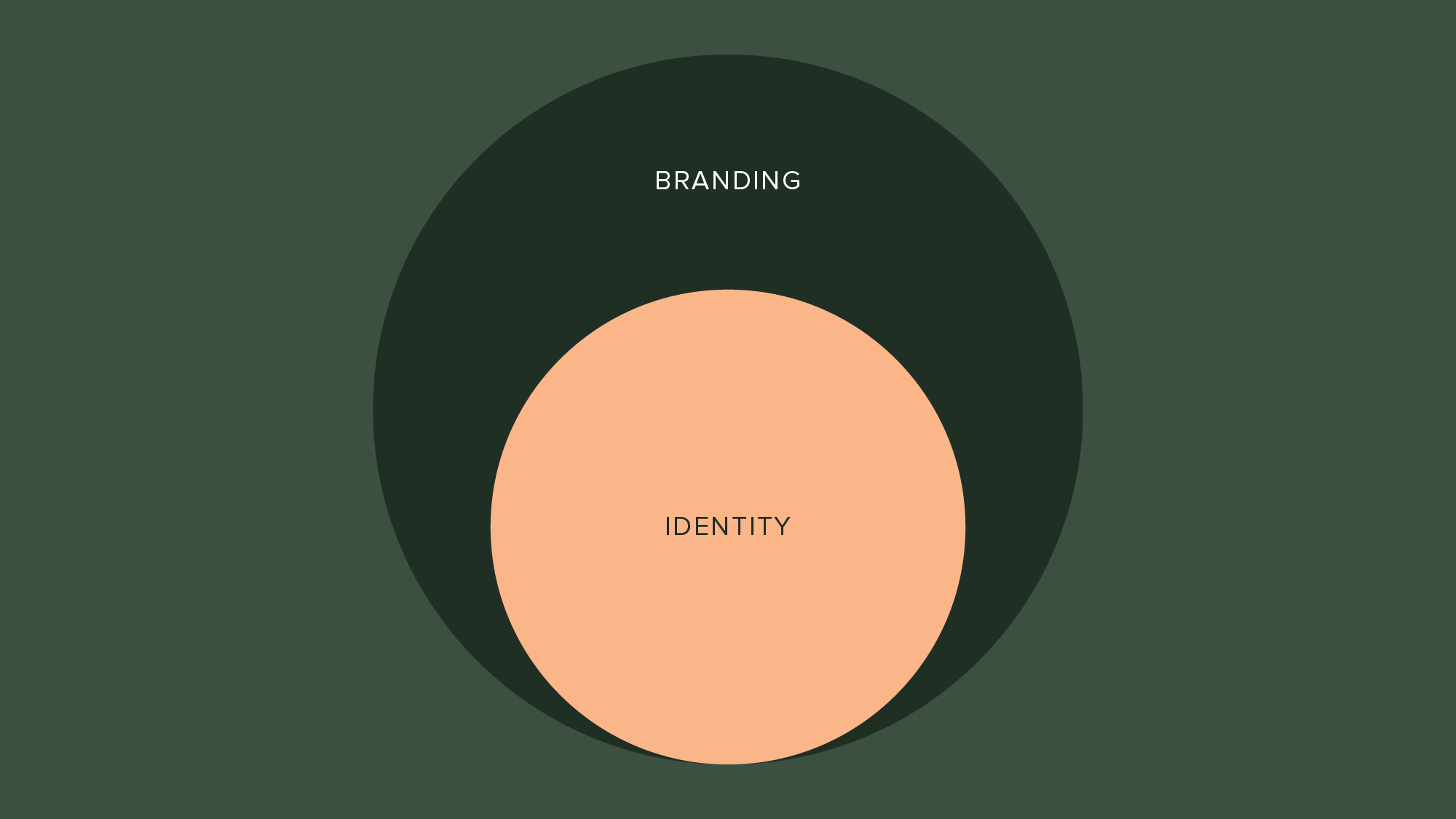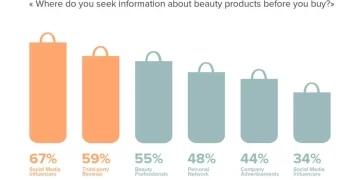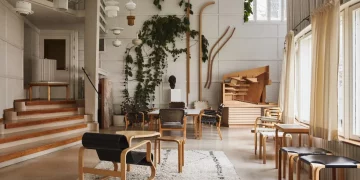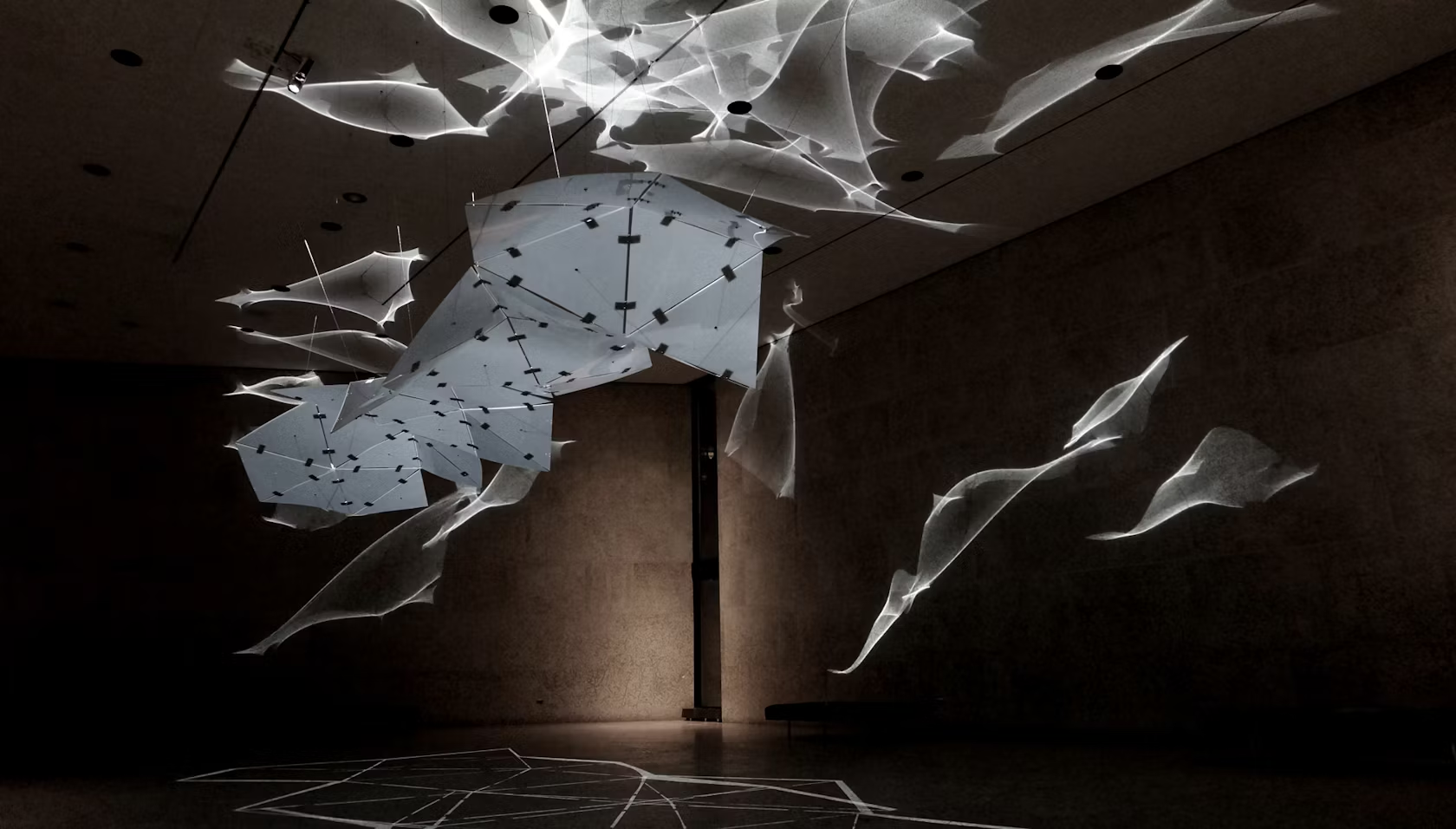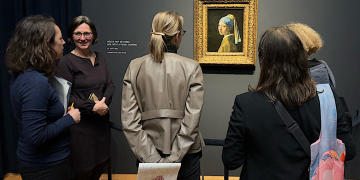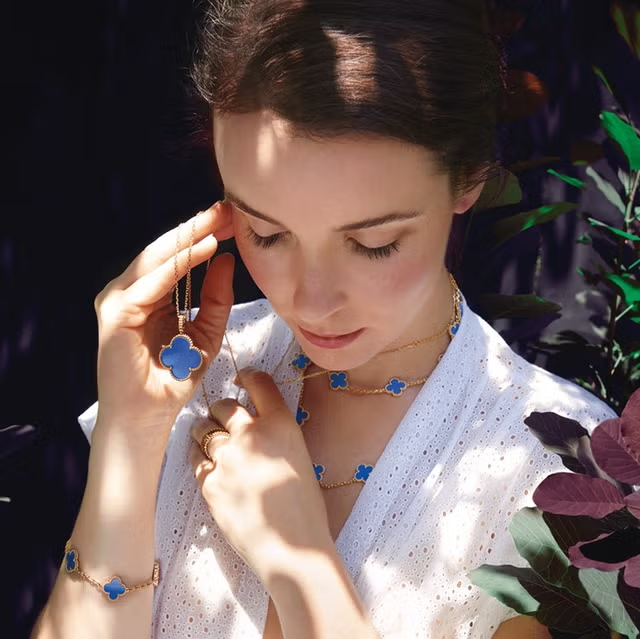Jewelry exhibitions have long served as essential platforms for showcasing the finest craftsmanship, creativity, and artistry within the world of high-end jewelry. However, in recent years, these events have evolved beyond simply displaying luxury pieces from established brands. They have become vibrant spaces for contemporary designers to showcase their innovation, artistic expression, and unique visions. From avant-garde creations to experimental materials, jewelry exhibitions are increasingly celebrating the diversity and ingenuity of today’s design talent.
In this article, we will explore how jewelry exhibitions provide a stage for contemporary designers to present their groundbreaking ideas, innovative techniques, and artistic narratives. We will delve into how these exhibitions go beyond mere commerce, becoming spaces where art and design intersect, and where new trends are set, and future directions are discovered.
1. A Platform for Experimentation with Materials and Techniques
One of the most defining characteristics of contemporary jewelry design is the willingness to experiment with unconventional materials and cutting-edge techniques. Jewelry exhibitions are essential spaces where designers can push the boundaries of what is considered traditional, exploring new ways to integrate technology, sustainability, and innovation into their pieces.
A. Use of Non-Traditional Materials
Contemporary designers are increasingly stepping away from classic precious metals and gemstones, instead opting for non-traditional materials such as resins, recycled metals, upcycled materials, and even biodegradable substances. Jewelry exhibitions allow designers to introduce these avant-garde materials to a broader audience, sparking conversations around sustainability and eco-consciousness in the luxury sector.
For example, the use of precious stones combined with recycled plastics or 3D-printed elements gives rise to pieces that are not only innovative but also challenge the very idea of what luxury jewelry can be. Exhibitions like Baselworld or The Couture Show are spaces where such groundbreaking pieces can shine, catching the eye of both collectors and industry professionals eager to witness the evolution of the craft.
B. Cutting-Edge Technology
Advancements in 3D printing, laser cutting, and augmented reality (AR) are reshaping the way jewelry is designed and produced. These technologies allow for intricate detailing, hyper-realistic renderings, and unparalleled precision that were previously unattainable. At exhibitions, designers often showcase these innovations by creating pieces with exceptional geometries, non-symmetrical forms, and multi-dimensional designs that would be impossible to achieve by hand.
Moreover, 3D printing and CAD (Computer-Aided Design) technologies allow designers to rapidly prototype and customize jewelry, providing more freedom to explore intricate designs that reflect their artistic vision. These exhibitions become crucial to showing how digital tools can be seamlessly integrated into the creative process, helping to push the boundaries of traditional craftsmanship.
2. Emphasis on Conceptual and Artistic Narratives
Jewelry is no longer just a piece of adornment—many contemporary designers approach their creations as expressions of personal identity, cultural heritage, and artistic narratives. Jewelry exhibitions are platforms where these designers can communicate their artistic vision and engage in deeper dialogues with their audience.
A. Storytelling Through Design
Many contemporary jewelry designers now treat their pieces as narratives, with each collection telling a specific story or addressing a theme. For instance, a designer might create a collection inspired by ancient cultures, natural phenomena, or personal experiences. These stories add layers of meaning to the jewelry, transforming it into wearable art.
Exhibitions like the Paris Haute Couture Week Jewelry Exhibition offer a space for designers to present these concept-driven pieces in an environment that encourages artistic exploration. Pieces might incorporate symbols, materials, or even interactive elements that allow the viewer to engage with the underlying narrative behind the design. This depth of expression encourages a conversation between the designer and the audience, where the jewelry becomes not just a product but an artistic statement.
B. Cultural and Social Commentary
Jewelry exhibitions also offer a platform for designers to make social or political statements. Contemporary designers are increasingly using their pieces to address issues such as gender identity, sustainability, and diversity. These pieces often incorporate symbolism and innovative materials to communicate messages that resonate with the wider public.
For example, a designer might create a series of pieces to address the gender fluidity in today’s society or to advocate for ethical mining practices in the gemstone industry. Exhibitions like the Hong Kong International Jewellery Show or the Jewellery and Watch Fair in Dubai have become forums where such thought-provoking works are welcomed, allowing designers to address current social concerns while also showcasing their creative talents.
3. Interaction Between Traditional and Contemporary Techniques
While contemporary jewelry design is characterized by innovation, many designers continue to incorporate traditional techniques into their work. Jewelry exhibitions are vital in showing how these two worlds—the traditional and the modern—can blend together to create pieces that are both timeless and forward-thinking.
A. Revitalizing Craftsmanship
Many designers are taking a contemporary approach to traditional jewelry-making techniques such as handcrafting, smithing, and engraving, infusing them with modern aesthetics and innovative materials. This merging of old and new methods creates jewelry that pays homage to the craftsmanship of the past while embracing current trends.
Exhibitions often feature collections that demonstrate this dynamic interaction between the historical and the modern, offering a deeper appreciation for the techniques used and showcasing how contemporary designers are reinvigorating ancient traditions in the context of modern luxury.
B. Innovations in Gemstone Setting
Traditional methods of gemstone setting are often reinterpreted in contemporary designs, allowing for more creative freedom in how gemstones are incorporated into pieces. Designers might experiment with settings that emphasize the raw beauty of a gemstone, using minimalist designs that allow the stone to shine, or they may choose to surround the stone with unusual metal structures or intricate patterns.
Exhibitions like The Couture Show or Baselworld often feature such cutting-edge setting techniques, allowing designers to demonstrate how ancient traditions are evolving and adapting to the tastes of today’s luxury jewelry consumers.
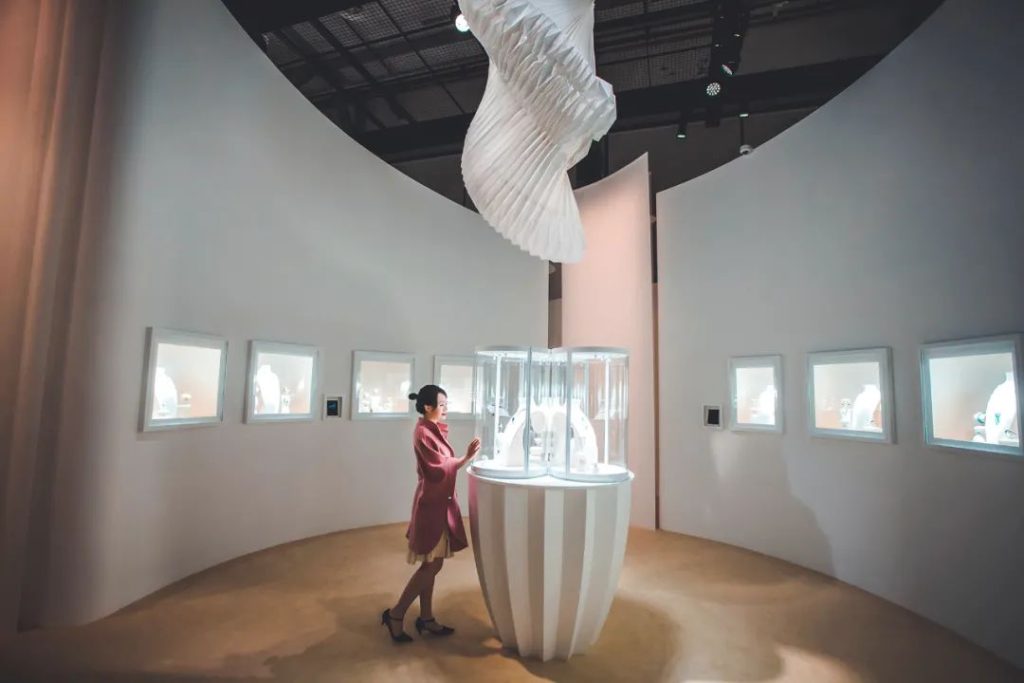
4. Creating Interactive and Immersive Experiences
One of the most exciting developments in jewelry exhibitions is the growing trend of creating immersive and interactive experiences for visitors. Contemporary jewelry designers are beginning to embrace interactive installations, augmented reality (AR), and virtual reality (VR) to enhance the viewer’s engagement with their work.
A. Virtual and Augmented Reality Experiences
Some jewelry exhibitions are beginning to incorporate virtual reality (VR) and augmented reality (AR) into their displays, allowing visitors to engage with jewelry designs in a new dimension. Through AR apps, for example, visitors can “try on” jewelry pieces virtually, see them in motion, or explore designs from every angle before making a purchase.
For designers, this technology offers a unique opportunity to showcase their work in interactive ways. Visitors can explore the details of a design that might be difficult to capture through traditional methods. This opens up new possibilities for designers to present their jewelry as part of a larger, immersive experience, blending art, technology, and fashion in ways that were previously impossible.
B. Performance Art and Collaborative Projects
Some exhibitions are moving beyond traditional showcases to become interactive spaces where designers collaborate with other artists, musicians, and performers to create multi-sensory experiences. These collaborations can involve performances where the jewelry becomes a part of the performance art, such as designs that change color under specific lighting, or jewelry that produces sound when worn.
This approach allows jewelry to be experienced as part of a larger narrative, where the boundaries between fashion, art, and performance are blurred. It also engages visitors on a more emotional and intellectual level, creating a deeper connection with the jewelry and the designer’s creative intent.
Conclusion: Jewelry Exhibitions as Catalysts for Creative Expression
Jewelry exhibitions in the 21st century have become vital platforms for contemporary designers to express their artistic vision, challenge traditional boundaries, and explore innovative techniques and materials. These events are no longer just places to view luxury goods—they are vibrant spaces where art, craftsmanship, and technology intersect, allowing designers to present jewelry as more than just adornment, but as artistic statements.
Through interactive experiences, innovative designs, and a deep commitment to storytelling, jewelry exhibitions are playing a crucial role in shaping the future of the jewelry industry. They are not just about showcasing high-end products but about celebrating creativity, sustainability, and cultural narratives that define the contemporary jewelry landscape.

